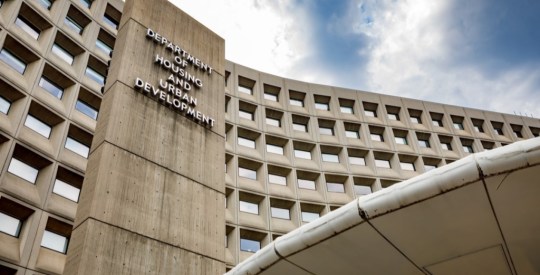Over the last few years, the Consumer Financial Protection Bureau relaxed some of the requirements for the data collection and reporting stipulated by the Home Mortgage Disclosure Act, moving to increase the threshold that lenders must meet in order to be required to report certain HMDA data. As a result, lenders that originated fewer than 1,000 loans in the past two years can bypass some of the data collection and reporting required by HMDA.
Those moves and others related to the recent publication of the 2018 HMDA data have some experts concerned about the CFPB's view of HMDA.
The National Community Reinvestment Coalition explained that the CFPB’s release of HMDA data was much different that the data’s release in previous years.
“The way the CFPB is handling HMDA data is also alarming,” NCRC CEO Jesse Van Tol said. “In the past, the agency produced detailed reports and analysis of HMDA trends. Those reports were helpful for small community groups, municipalities and concerned individuals.”
“Without them, the general public is left in the dark about the nation’s mortgage lending,” Van Tol said. “It is just another example of how the Trump Administration is working to hide public data rather than encourage transparency and public understanding.”
Van Tol said this is a dangerous step backward, saying free, public and easily understood data is essential to advance racial and economic equality.
“As regulators consider updates to CRA (Community Reinvestment Act) rules, this new data makes it clearer than ever that the law should be modernized and strengthened to ensure that all lending institutions meet the needs of LMI (low- to middle-income) communities and borrowers,” he said.
But the CFPB contends that it did provide a wealth of information when it released 2018’s HMDA data.
“On August 30th, the CFPB published two articles comprising more than 350 pages of analysis of the data and HMDA trends,” a spokesperson for the CFPB explained.
The bureau released this press release with the HDMA data, announcing the data’s release and breaking down what it means.
The bureau provided several key statistics on its data including, “For 2018, the number of reporting institutions declined by about 2.9 percent from the previous year to 5,683. The 2018 data include information on 12.9 million home loan applications.”
It also broke down statistics on race, ethnicity, FHA lending, credit scores, loan-to-value ratios, debt-to-income ratios and more.
The newly released HMDA data showed non-banks made up the bulk of mortgage lending at 57% of all originations.
But it showed that the major banks, including JPMorgan Chase, Wells Fargo, Bank of America and others stuck to conventional lending, with very few originations made in the Federal Housing Administration and Department of Veterans Affairs market.
That follows a pattern that has emerged over the last few years, where the big banks backed away from FHA lending, driven from the program by fear of the government using the False Claims Act to try to extract a massive settlement for a handful of potentially problematic loans.
Under the Obama administration, the FHA ramped up its enforcement of FHA lending policies, teaming with the Department of Justice to pursue legal action against FHA lenders, with the DOJ accusing a number of lenders of violating the False Claims Act by knowingly originating and underwriting mortgages that did not meet FHA standards.
Under the Obama administration, lenders of various sizes, including some of the nation’s largest, agreed to pay out billions of dollars in settlements under the auspice of the False Claims Act.
Some of the nation's largest banks, including Chase, cited the False Claims Act as a reason for moving away from FHA lending.
But, as the NCRC suggests, that shift could have an outsized impact on minority borrowers, as Black and Hispanic borrowers use FHA or VA 61% and 49% of the time, respectively, according to the NCRC.
But with the Trump administration is charting a different path on FHA lending enforcement, stating repeatedly that it wants to bring banks back to FHA lending.
However, the HMDA data shows a modest increase in the share of loans to LMI borrowers, suggesting that banks have started finding their own conventional loan products that served the needs of these homebuyers.



